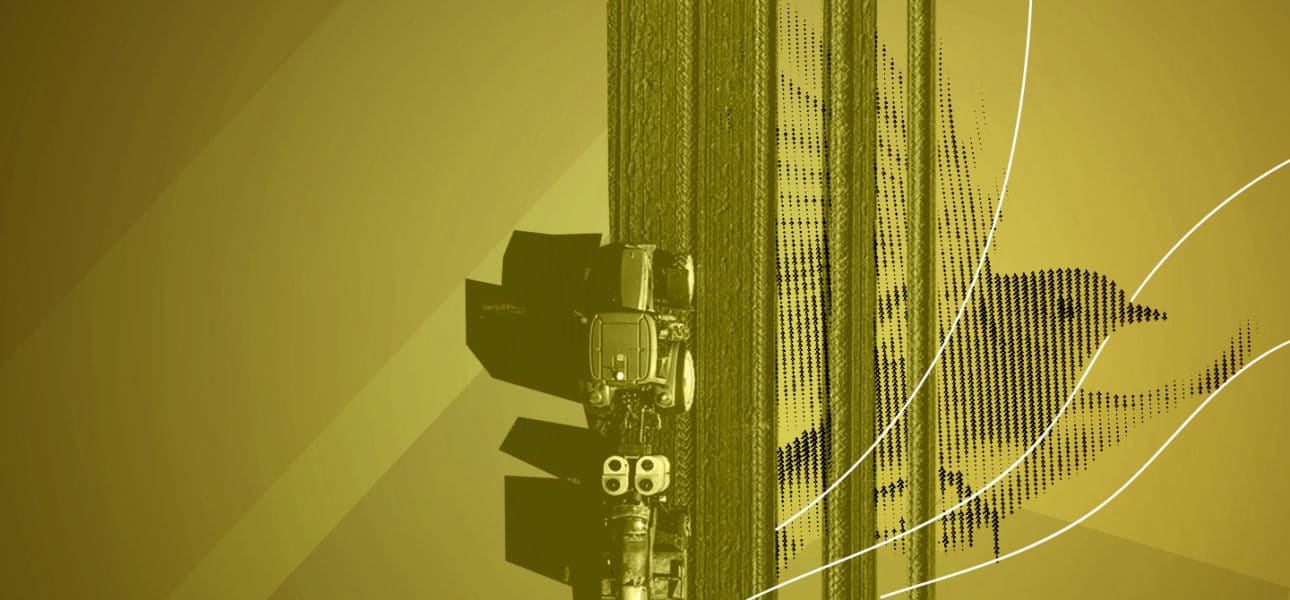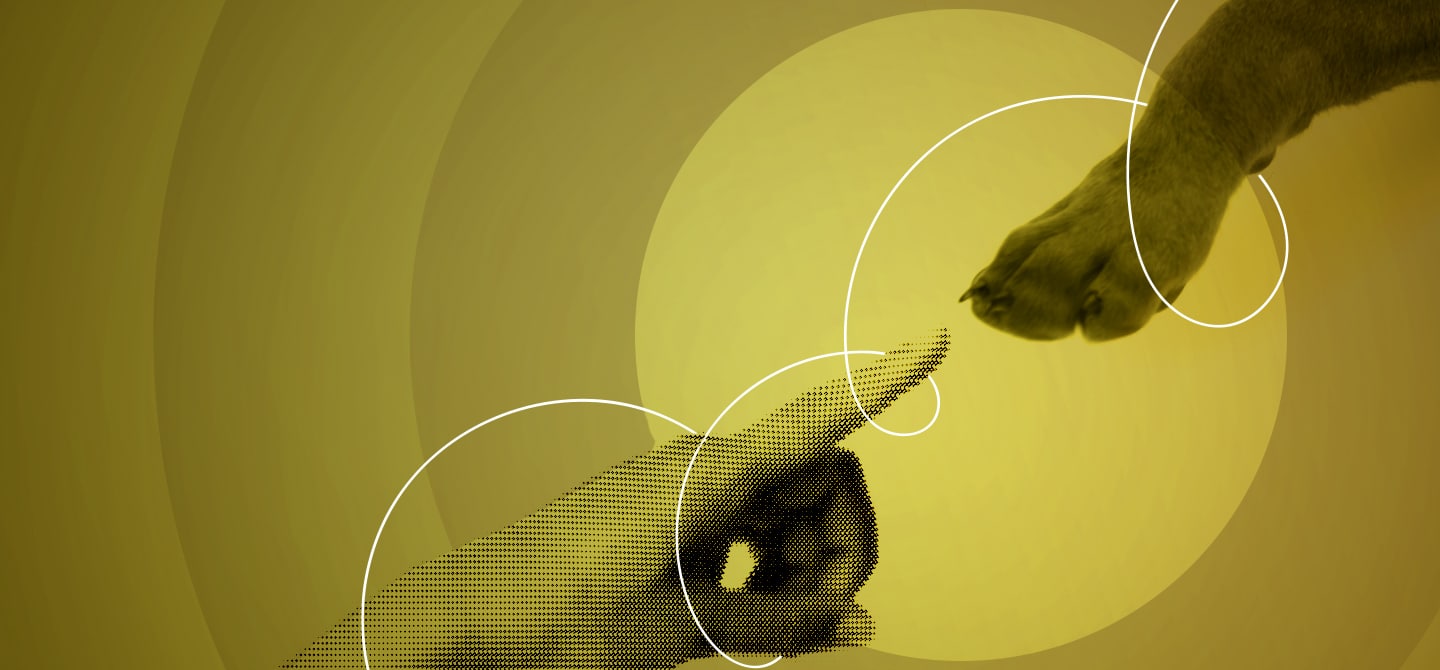Discreet, sometimes almost invisible, wild animals vary according to countries and latitudes. In France, this fauna is composed of well-known species such a deer, field mice, bears and wolves — which came back recently — but also salmon and seals. It also includes lesser-known species like acarids or nematode worms. The latter make up most of the wildlife both in terms of population and species diversity.
Today, ecosystems are extensively transformed by human activities. And although some anthropophilic species like pigeons thrive in human environments, human impacts on wildlife are most often negative, even disastrous. One of the major repercussions is undoubtedly the alarming decline in animal populations, a catastrophic collapse referred to as “defaunation”.
The signs of defaunation
To begin with, defaunation is the decline in species abundance. Today, dwindling populations are observed in all terrestrial vertebrates and in insects, and can reach 3% per year. European bird populations have dropped by 25% in only 30 years, representing a loss of 500 million birds. It is worth mentioning the emblematic decline of a “common” species, the house sparrow, which suffers from scarcity of prey, especially in urban areas.
Sometimes, the decline in populations is so intense that a species can disappear in just a few decades. Current extinction rates are estimated to be a thousand times faster than during so-called “normal” geological periods. Many causes of this decline have been documented. It is firstly due to the degradation and fragmentation of natural habitats caused by urban growth, the expansion of agricultural landscapes and livestock farming, the intensification of agricultural practices, as well as the construction of road networks. However, the reasons for this decline are also linked with the overexploitation of resources, climate change and various types of pollution. Finally, the extinction of a species can trigger the secondary extinction of other animal populations. These are known as “extinction cascades”.
Human activities also lead to very rapid changes in community composition and biodiversity loss. Local fauna can become increasingly similar over time when generalist species replace habitat specialists, a process called “biotic homogenisation”. For example, skylarks, specialist birds found in agricultural habitats, have been replaced by blackbirds in fields. Another demonstration of biotic homogenisation is “biological invasion” which occurs when native species are replaced by exotic, invasive species.
Climate change is also to blame, too. Many animals change their life habits, particularly their breeding season, to adapt to variations in climate. Finally, in the last 10,000 years, wildlife has given way to domestic species. A massive reorganisation has been observed in mammals. Today, domestic mammals, which only include about 20 species, account for over 90% of the total mammalian biomass in the world. On the other hand, wild mammals, which are represented by 6,495 species1, make up less than 10% of this biomass.
The consequences of defaunation
These phenomena result in a homogenisation of wildlife, a loss of genetic diversity and functional originality, leading to major ecological consequences. The ecological and evolutionary potential of this fauna is becoming more limited, since diversity makes it possible for wildlife to adapt to different, or new, environments. For instance, the diversity of wing colour patterns (black or white) allowed the peppered moth (Biston betularia) to adapt to blackened birch tree trunks during the industrial revolution.
Accurately predicting the effects of these changes is still challenging. However, the collapse of wildlife should prompt us to question and to rethink our relationship with non-humans, and their ecological, social, and cultural worth.
It would be particularly interesting to allow time for natural processes and to support wildlife by leaving them suitable habitats. These rewilding measures can take several forms, depending on the social, geographical, and ecological context. The removal of dams to restore rivers allows some migratory fish species to return, like sturgeon or eel. It also benefits other species living in these ecosystems like otters or the white-throated dipper. Sometimes, it is better to do nothing and let nature run its course, even if the outcome can sometimes take us by surprise. Another rewilding project for herbivores is currently underway in Europe. In this case, the emblematic species are bison, which regulate ecosystems, their diversity, fauna, and flora. In the marine environment, rewilding particularly involves whales because of their major role in the nutrient cycle.
Within agroecosystems, on which our food depends, the field of agroecology and its techniques and processes offer a promising prospect for improving our relationship with nature, and in particular wild animals. By favouring crop diversity, by adding hedges and groves, and by leaving room for wild plants, agroecology seeks to replace hostile relations with nature by a mutualistic relationship. It strives to include biodiversity and all its properties in agronomic initiatives. In urban territories, a more abundant and more diverse wildlife can also enrich the lives of city dwellers, both in terms of quality of life and social relationships. Which implies that wild flora must be present as well.
Our vision of animals must evolve by taking into consideration the cultural, social, and ecological challenges associated with their presence. The vital importance of wildlife is most often overlooked in socio-ecosystems.








